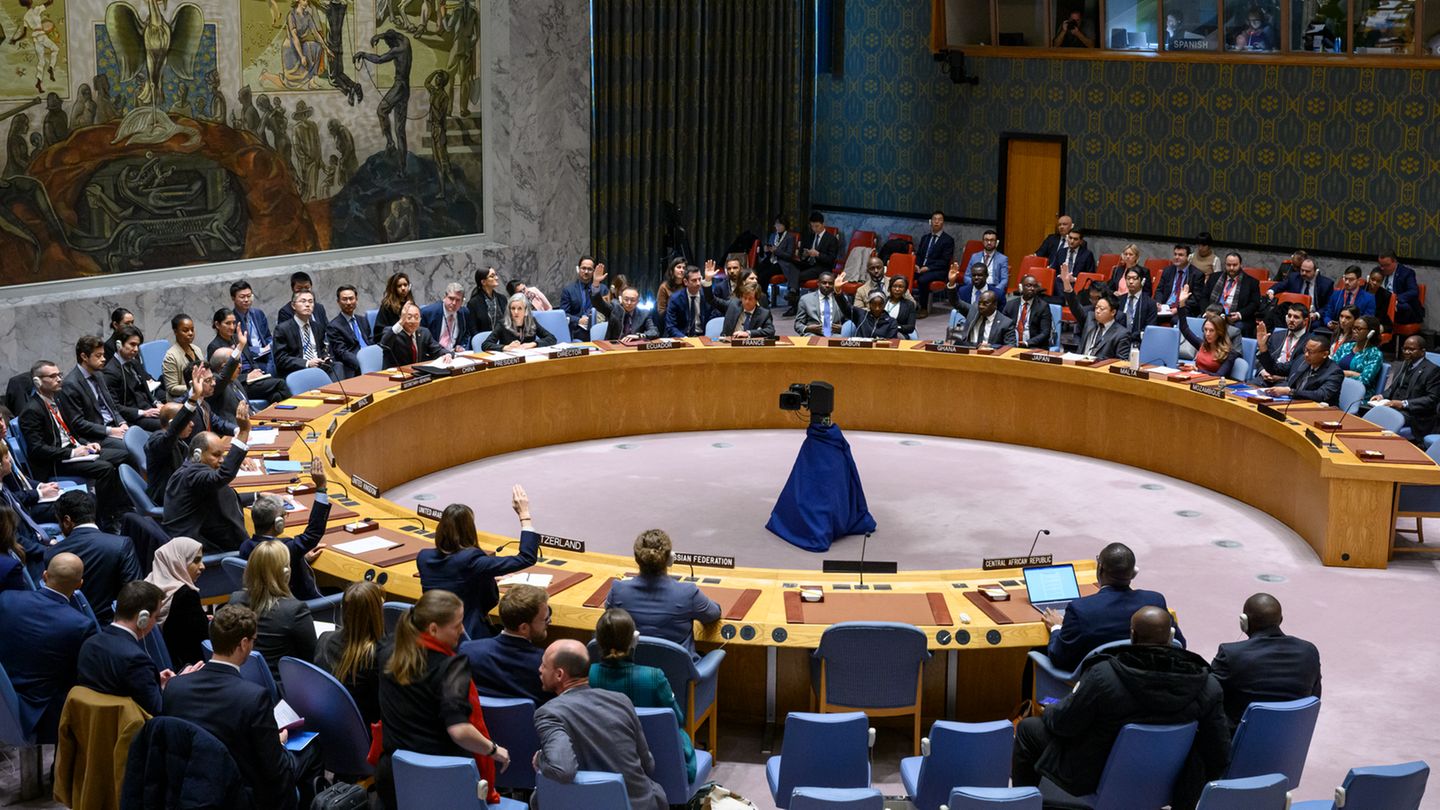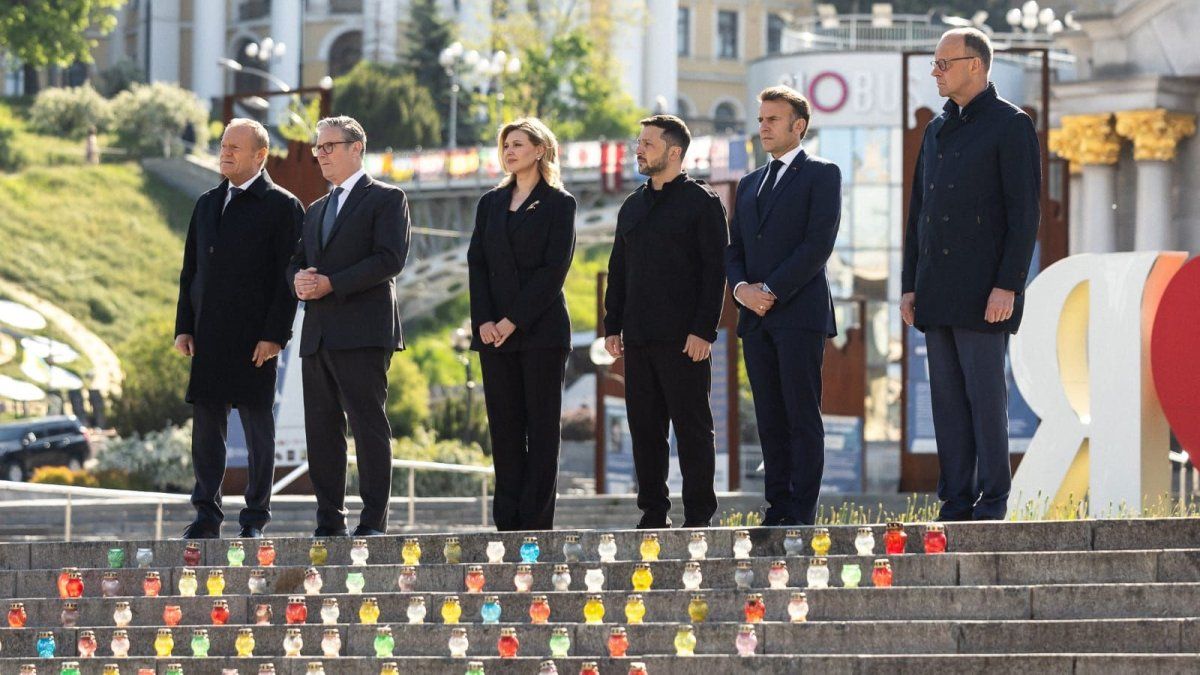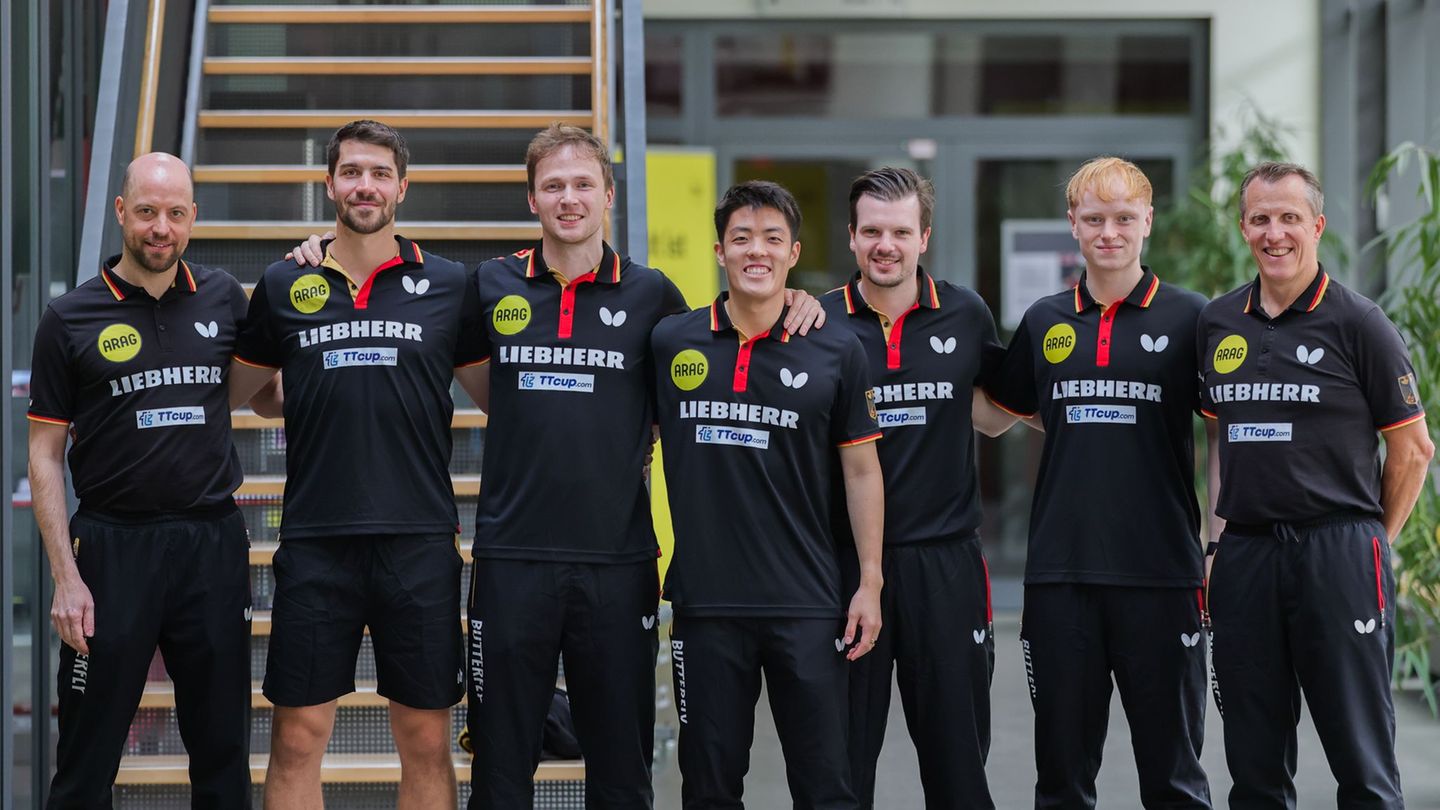After weeks of struggle, the UN Security Council agrees on a common position in the face of the bloody war in the Gaza Strip. He calls for ceasefires and opposes “forced relocation of the civilian population.” A country’s vote was questionable for a long time.
The UN Security Council has adopted a Gaza resolution calling for a day-long ceasefire. After a long struggle, the most powerful UN body agreed on the joint resolution on Wednesday in New York. The USA waived a veto and abstained, as did Russia and Great Britain. 12 of the 15 member states voted in favor of the text. Resolutions of the Security Council are binding under international law and can thus develop international influence.
The resolution introduced by Council member Malta calls, among other things, for “urgent and extended humanitarian pauses and corridors throughout the Gaza Strip for a sufficient number of days” to ensure humanitarian assistance in accordance with international law. But there is no talk of a formal ceasefire. The text focuses strongly on the suffering of Palestinian minors. It expresses “deep concern about the humanitarian situation in the Gaza Strip and its serious impact on the civilian population, in particular the disproportionate impact on children.”
It is questionable whether the USA would agree
All parties to the conflict are required to comply with international law, a “forced relocation of the civilian population” is rejected, and vital services must not be withheld from the people in the Gaza Strip. According to diplomats, these positions should be understood in relation to Israel’s actions in the region – although the country is not mentioned by name throughout the document. The text only mentions the Islamist Hamas, which attacked Israel on October 7th and carried out a massacre of civilians with around 1,200 deaths, in its demand for the release of the Israeli hostages kidnapped to the Gaza Strip.
Until shortly before the vote, it was questionable whether the USA, as Israel’s closest ally, could tolerate the adoption of the resolution. In October, Washington vetoed a draft because, among other things, it did not emphasize Israel’s right to self-defense. The resolution that has now been adopted does not address this, nor is there any condemnation of the Hamas massacre on October 7th. The USA, like China, Russia, France and Great Britain, has veto rights. The Council also has ten member states elected for two-year terms. A resolution needs at least 9 of the 15 votes, and there can be no veto.
Russia failed with its demand in the Security Council
U.N. expert Richard Gowan of the Crisis Group think tank said U.S. Ambassador Linda Thomas-Greenfield appeared to have made it clear to Washington “that the U.S. must allow some sort of action in the Council after weeks of blocking progress.” The United States was careful to avoid calling for a formal ceasefire in the text.
War in the Middle East
A hospital on the verge of collapse: That’s how bad things are at the embattled Schifa Clinic
“So ultimately the US achieved its main goal of focusing the council on humanitarian action rather than calling for a complete end to the war,” Gowan said. At Wednesday’s meeting, Russia failed to integrate the demand for a final cessation of hostilities and a ceasefire into the draft.
There was immense pressure on the UN Security Council to reach a common position after weeks of negotiations. Until Wednesday, drafts had failed due to, among other things, the vetoes of the USA on the one hand and Russia and China on the other. The UN General Assembly with its 193 members passed a resolution that was significantly more critical of Israel at the end of October with a large majority. Germany abstained at the time. This decision was not binding under international law.
Note: This article has been updated.
Source: Stern
I have been working in the news industry for over 6 years, first as a reporter and now as an editor. I have covered politics extensively, and my work has appeared in major newspapers and online news outlets around the world. In addition to my writing, I also contribute regularly to 24 Hours World.




